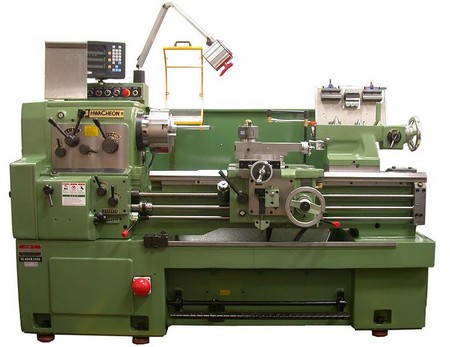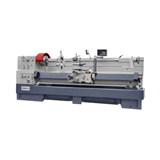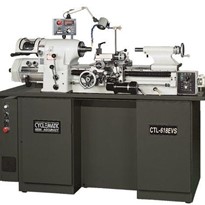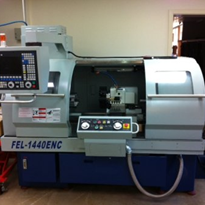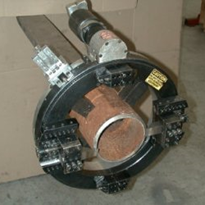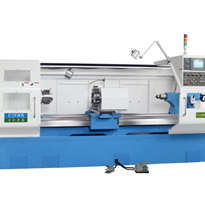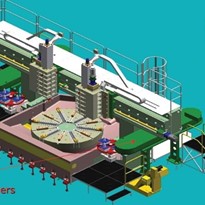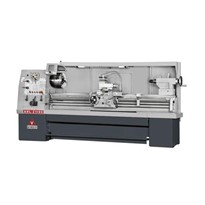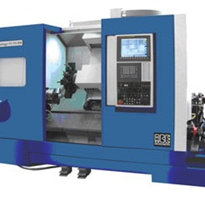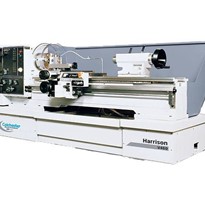Mr Merritt's comment about industry practice and relying on good training is no surprise. There are thousands in use in workshops right around Australia and thousands aren't guarded because the right method is far from obvious.
At the same time, the hazards are very serious. Metal lathes spin at high speed - some at more than 6,000 rpm - and the item being fabricated can throw off hot, sharp pieces of metal.
Pieces of the lathe itself can also shoot out at high velocity. Dangerous projectiles include cutting and cooling fluids, the cutting tool and even a chuck key left in the chuck.
Common injuries suffered by lathe users include foreign bodies in the eye, fractured fingers, lacerations to the hands and fingers, head and deep tissue injuries caused by being drawn into the spinning chuck, and lead screw caught on loose clothing.
Nobody should have to be perfect to be safe
Lathes often carry basic and inadequate safety instructions like:
"Make sure all shields and guards are securely in place."
"Always wear safety glasses with side protectors when using a metal lathe"
"Never wear gloves, a tie, loose clothing, a watch, rings, or jewelry when using a metal lathe. Tie long hair back or secure under a cap"
"Before starting, determine that the work piece is properly centered and securely clamped in the chuck. Always remove the chuck key from the chuck before starting the metal lathe"
Of course these instructions make sense but they are not enough because they depend on correct, unvarying human behaviour for a safe outcome. The reality is that even well-trained people regularly fail to follow instructions, leading to unsafe conditions that could cause serious injuries or death. We are only human, after all.
Everyone has legal obligations to do more
Importers, suppliers, users, designers (including those who modify them) and employers have a legal obligation to identify the hazards and then control the risks with engineering solutions so far as is reasonably practicable, before relying on human behaviour. Nevertheless, most of the terrible accidents that occur with these machines are the result of human mistakes, complacency, misuse and so on, that could so easily have been prevented through some fairly simple design modifications.
How to make metal lathes safe
How can these risks be minimised? A simple interlocked chuck guard connected via a Category 4 control system in accordance with AS4024.1 that prevents the machine from starting while open, will remove or significantly reduce most lathe safety risks. These guards and Category 4 interlocking and control devices are readily available and adaptable for just about every brand of lathe on the market.
Apply them correctly and the most common risks associated with these lathes are eliminated without depending on human behaviour. A truly safe design does more than simply stop the machine when people might be at risk - it keeps it productive and easy to use so operators aren't forced to choose between their safety and getting the job done.
In other words, the safety system must adapt to the normal use of the lathe. When lathes need to be run with the guard open during set-up, for example, fit a two-hand control system that allows the operator to run the machine at a safe, low speed, rather than an interlock that can be switched off. With both hands away from the rotating hazards and ejection hazards minimised due to the safe low speed, or jog mode, the operator/setter is protected.
Commenting on the deaths and serious injuries caused by machines like lathes, WorkSafe Victoria's John Merritt says, "Invariably they involve people doing routine work…". It's time to take another look about the way lathes are routinely guarded. With some simple design modifications that might even boost productivity, we can control the risks without relying on that most unreliable of all control


